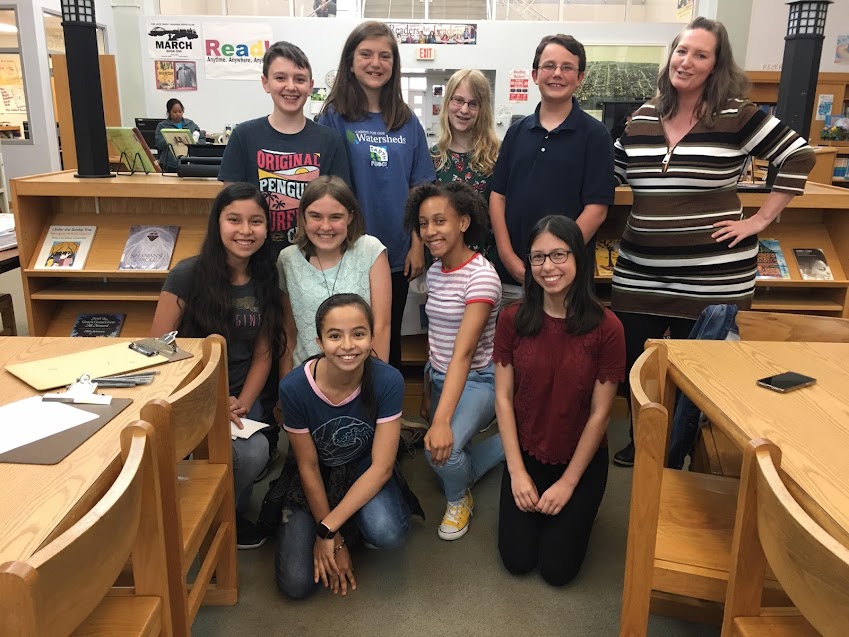
Extreme Weather is Everywhere – So are Youth-Driven Solutions
Why young people should be at the center of our resilience efforts.
By now we all know this to be true; climate change is going to impact every aspect of our lives. Yesterday the Washington Post published an interesting article by Andrea Stanley. It highlighted the impact extreme weather events are having on school infrastructure. According to the article, “nearly 6,500 public schools are in counties at a high risk of flooding, and that number is rapidly multiplying.” Which means that the challenges we are facing today are just the tip of the iceberg.
As much as I found the article illuminating, I continue to be frustrated that young people are too often left out of the solution calculus. I keep asking myself, “When will we realize that one of our greatest assets in addressing climate change in schools and communities is young people?”
Thank goodness Ms. Stanley interviewed the amazing Dr. Lisa Kensler from Auburn University for her article. As Professor Kensler explained, “If we aren’t properly preparing the next generation about the problems of the climate crisis and how to fix them, our buildings will continue to be weak to the challenges of disasters.”
I admit it, I beat this same drum all of the time. But only because I have first-hand experience seeing it work. Just this afternoon I had a chance to talk to two young women who are sophomores in high school. Earlier in their lives (funny thing to say about a 14 year old) these young women had been part of a team of students who had noticed mold growing in their school. They quickly understood that increasing rainfall and humidity from extreme weather events and climate change were going to make more schools vulnerable to mold infestations. So, these students took it into their own hands to make a difference.
Partnering with their state senator, they crafted an indoor air quality law that covers mold in schools. Then, they advocated for its passage to the Virginia House of Delegates and got a law enacted.
If you have ever seen an Earth Force event, you have heard their story. What is news to me (and to you) is that those young women have convinced a national lobbying firm to help them take the issue of mold infestation in schools to Congress. They are asking our elected officials to take action to protect our schools from these kinds of problems related to climate change.
Earth Force is not alone in this work. In the Virginia Beach area, Ms. Stanley highlights how the Elizabeth River Project is doing similar engagement works with school districts. That program has young people study sea level rise and develop community responses to increase resilience.
Additionally, Earth Force is working with Brightways Learning in Montana and the Environmental Education Association of Illinois to engage young people in making their communities more resilient to natural hazards and extreme weather events. Through those partnerships, young people are tackling the natural hazards important to them and their communities and making all of us more resilient to the impacts of climate change.
The value that young people can bring to making our schools and communities more resilient to climate change deserves more than a single sentence in a three-page feature. Young people should be at the center of our resilience efforts. There is no better way to learn math, language, science, and other subjects. Nothing is more important than teaching young people how to employ that knowledge in service to our future.




